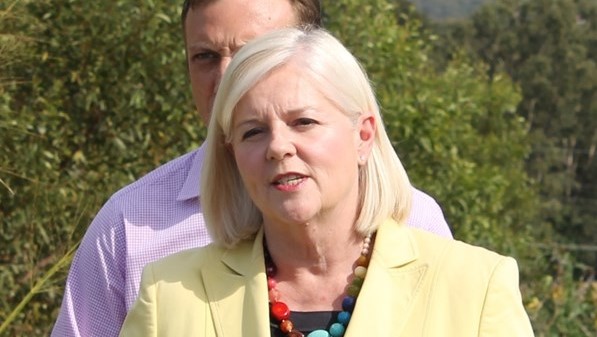Australia has a new digital economy strategy… finally.
Released in the final days of 2018, Australia’s Tech Future highlights economic benefits and social opportunities that stand to be unlocked by digital technologies.
Minister for Industry, Science and Technology Karen Andrews said Australia must continue its digital progress.
“Embracing digital technologies will ensure Australia can continue our strong record of 27 years of uninterrupted economic growth, improve our quality of life and ensure benefit to all Australians,” she said.
“We are already well on the way - Australian businesses are improving productivity by adopting and adapting new technologies, such as autonomous systems, robotics and remote sensors.”
Areas of interest
The 51-page document details opportunities of technological change in the areas of people, services, digital assets and the enabling environment.
It examines 150 existing programs, policies and strategies and their role in Australia’s digital economy, as well as assessing the potential impact of emerging technologies.
Artificial intelligence, blockchain, IoT and quantum computing are all listed as forces that will “change and improve many fundamental tasks and interactions in the coming years”.
In regard to the issue of skills, the report predicts that 90% of all Australian workers will require some level of digital skills within the next five years.
It calls for improved labour market information, so that individuals and businesses are better informed when it comes to making decisions about training, study and workforce planning.
Skilled migration is also addressed, with the report stating, “our visa system needs to support Australia compete for global talent in fields where suitably skilled Australians are not available”.
In response to the threat of workers being impacted by automation, the strategy calls on both industry and government to support workers in up-skilling and re-skilling.
What about the NBN?
Another focus of the report is digital inclusion.
“All Australians need access to the technologies and the skills required to use them if they’re to fully take part in social and economic life,” it states.
“Digital inclusion has the potential to support and improve the quality of life for some of the most disadvantaged and excluded in our community.”
The rollout of the NBN is a key component in bridging the ‘digital divide’, the report explains, as it is already “improving choice and availability”.
The latest strategy replaces the previous digital economy strategy, introduced in 2011 and last updated in 2016.
Delayed delivery
First heralded by then innovation minister Arthur Sinodinos in 2017, the strategy has passed through the hands of Michaelia Cash and most recently Andrews in the past 18 months.
And for some, the most significant talking point to come from the strategy was its launch.
The opposition was quick to point out the delayed delivery of what it labelled an “underwhelming” strategy.
“To sneak out a long-promised strategy within a breath of Christmas tells you how seriously the Coalition takes this issue,” said Shadow Minister for the Digital Economy, Ed Husic.
“With few performance targets - and in parts scant detail on serious policy challenges around digital regulation - it fails to tackle the biggest challenge to our digital economy: crippling skills shortages.”
In a combined statement, Husic and Shadow Minister for Communications Michelle Rowland described the government as being as being “announcement addicted and performance deficient” in its approach to digital innovation.










